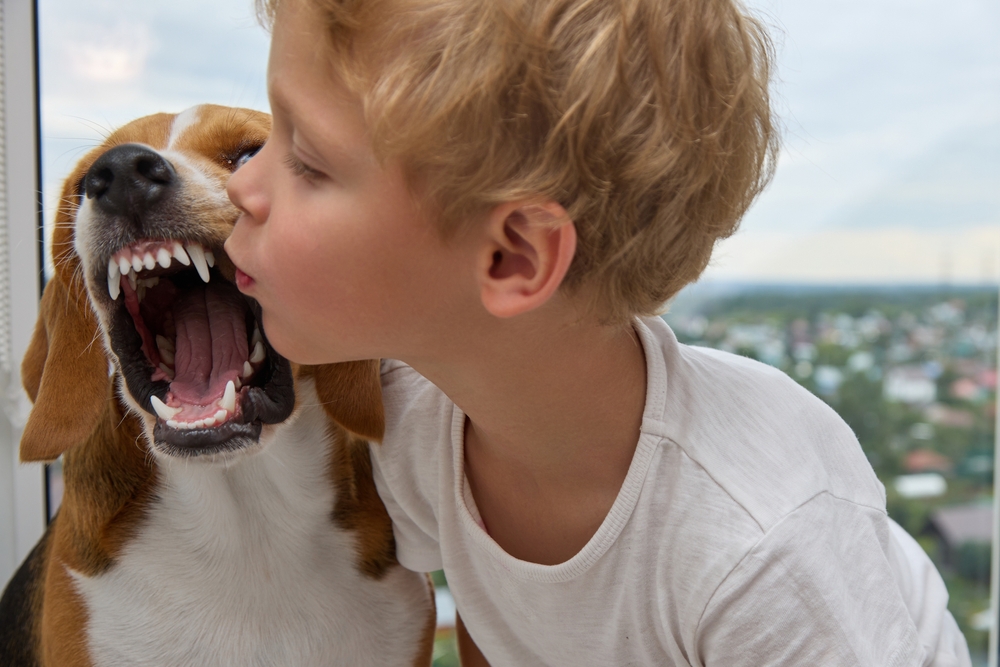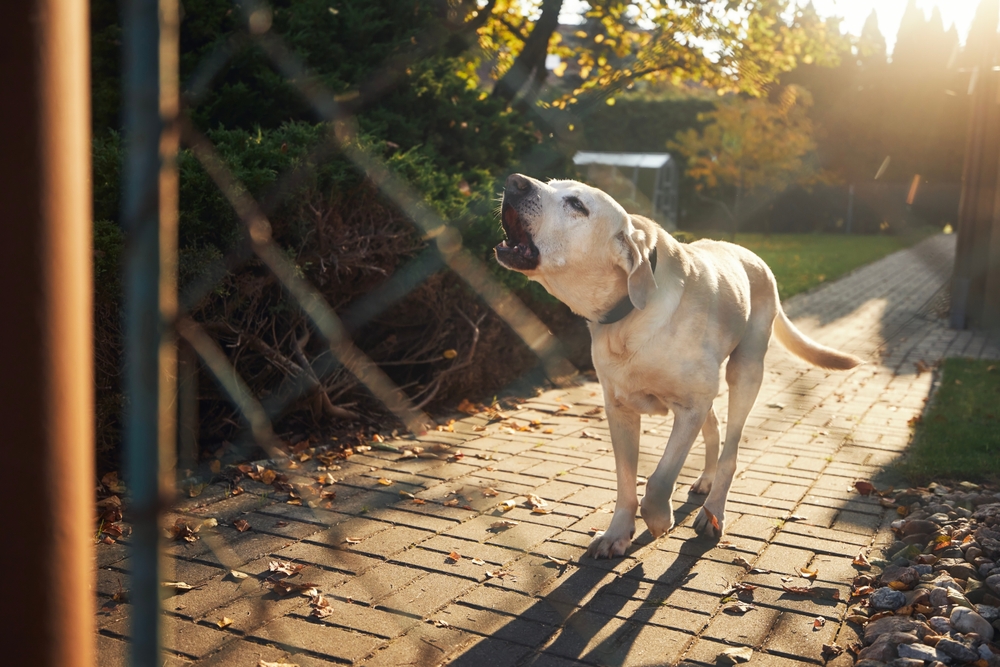Dogs are known for their loyalty and companionship, but sometimes their behavior can signal something more troubling beneath the surface. Changes in mood, energy, or habits can be more than quirks—they may be cries for help. As pet owners, recognizing these signs is critical for addressing potential health, emotional, or behavioral issues. Here are 15 alarming behaviors in dogs that every owner should know and take seriously to ensure their furry friend’s well-being.
1. Sudden Aggression Toward People or Pets

A dog that suddenly becomes aggressive without apparent reason may be signaling underlying pain, illness, or fear. This change can stem from discomfort due to conditions like arthritis, dental issues, or even neurological disorders. Alternatively, fear-based aggression may result from past trauma or environmental stress. Owners should observe triggers and consult a veterinarian or animal behaviorist to identify and address the root cause before the behavior escalates.
2. Excessive Licking or Chewing

While some licking and chewing is normal, obsessive behavior can indicate skin allergies, anxiety, or pain. Dogs may lick a specific area due to irritation or injury, while excessive chewing on objects or themselves might signal boredom or stress. If your dog is fixated on one spot, check for redness, swelling, or wounds, and consult a vet if the behavior persists.
3. Loss of Appetite or Refusal to Eat

Dogs who suddenly refuse food or eat significantly less may be dealing with digestive issues, dental pain, or even serious illnesses like kidney disease or cancer. A one-off missed meal might not be concerning, but consistent appetite loss warrants immediate attention. Changes in eating habits are often one of the first signs something is wrong with your dog’s health.
4. Lethargy or Reluctance to Move

A normally active dog that becomes lethargic or hesitant to play, walk, or climb stairs might be in pain or experiencing illness. Joint problems, infections, or even heart disease can cause a lack of energy. Dogs are adept at hiding discomfort, so a noticeable decrease in activity should prompt a visit to the vet to rule out serious conditions.
5. Excessive Barking or Whining

While barking is a normal way for dogs to communicate, excessive or out-of-character vocalizations can signal anxiety, pain, or a need for attention. Dogs may whine excessively when they’re feeling stressed or uncomfortable. If this behavior appears suddenly and persists, it’s worth investigating environmental factors or potential health issues that could be contributing to their distress.
6. Unexplained Weight Loss

Unexpected weight loss in dogs can be an alarming sign of underlying health problems such as parasites, diabetes, or cancer. If your dog is eating as usual but losing weight, it’s important to consult a vet immediately. Rapid or significant weight loss is often a sign that something serious is affecting their ability to absorb nutrients or maintain normal body functions.
7. Sudden Snapping or Growling at Familiar People

If a friendly dog starts growling, snapping, or acting defensive around people they know, it could indicate fear, stress, or an undiagnosed medical issue causing discomfort. Pain, vision problems, or even cognitive decline in older dogs can lead to unpredictable behavior. Pay close attention to the context of these reactions and seek professional guidance to address the cause.
8. Changes in Sleeping Patterns

Dogs that suddenly sleep more than usual—or struggle to sleep at all—might be dealing with an underlying health issue. Excessive sleeping can indicate hypothyroidism, while insomnia or restlessness might signal anxiety, pain, or even dementia in older dogs. Monitoring their sleep habits and reporting changes to a vet can help identify and manage the underlying problem.
9. Scooting or Excessive Rear-End Attention

While scooting is often associated with itchy or irritated anal glands, it can also indicate worms, allergies, or gastrointestinal discomfort. Dogs paying too much attention to their rear end may be experiencing pain or irritation. If the behavior persists or is accompanied by redness or swelling, a vet visit is essential to rule out infections or blockages.
10. Frequent Shaking or Head Tilting

Occasional shaking can be harmless, but frequent or intense shaking, especially of the head, may indicate ear infections, allergies, or neurological issues. Head tilting can also be a sign of inner ear problems or vestibular disease. These behaviors should not be ignored, as they may worsen without proper treatment.
11. Sudden Fear of Familiar Environments

A dog that becomes fearful of places they once loved, like the park or their favorite room, may be experiencing anxiety, trauma, or sensory issues. Vision or hearing loss, cognitive decline, or past negative experiences can contribute to this change. Owners should monitor these reactions closely and consider consulting a behaviorist to identify and alleviate the cause.
12. Excessive Panting Without Exercise

Panting is normal for dogs after exercise or in hot weather, but excessive panting at rest or in cool environments can signal overheating, respiratory issues, or stress. Conditions like heatstroke, heart problems, or even poisoning can cause abnormal panting. This is a behavior that should never be ignored, as it can escalate quickly without intervention.
13. Difficulty Breathing or Wheezing

Labored breathing, wheezing, or persistent coughing can indicate serious issues like respiratory infections, allergies, or heart disease. Dogs that appear to struggle for air or exhibit unusual breathing noises should be taken to the vet immediately. Quick action is critical, as breathing problems can rapidly become life-threatening.
14. Repeated Vomiting or Diarrhea

Occasional stomach upset is normal for dogs, but repeated vomiting or diarrhea is a red flag. These symptoms can be caused by infections, food intolerances, or more severe issues like pancreatitis or poisoning. Dehydration is a serious risk if these symptoms persist, so prompt veterinary care is essential to diagnose and treat the underlying cause.
15. Pacing or Restlessness

A dog that paces or seems unable to settle might be experiencing anxiety, pain, or neurological issues. This behavior often occurs in response to stress or discomfort, but it can also be a sign of cognitive decline in older dogs. If your dog seems restless without an obvious reason, it’s important to investigate their physical and emotional well-being to address the source of their unease.
